How I Do It: Cultivating an “I Can” Mindset with Marlene Cummings
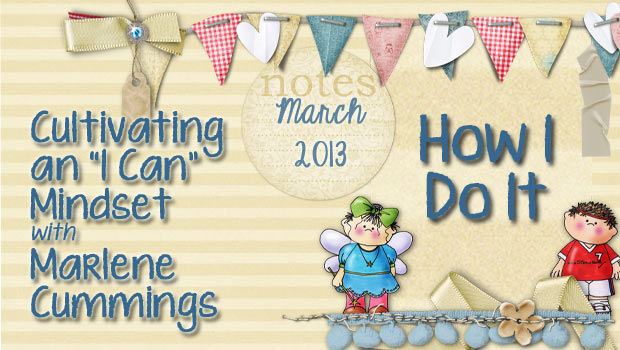
As much as we love fresh new voices in the AAC community, there is simply nothing like the voice of experience. When a program has had more than 40 years of experience providing AAC services, we listen! Today, we are honored to have Marlene Cummings, an AAC SLP from Michigan, share the collective wisdom of her team.
I have found that one of the joys in my professional life is asking hard questions about my present work and then figuring out ways to address those questions. Much of my 30 + years have been spent designing and implementing programs, systems and materials to support young children with complex communication needs in the role of the teacher in these classrooms. I explored ways to design environments and develop curricular frameworks and instructional materials, which would provide 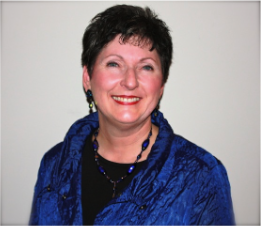 students with the instruction and opportunities to become competent communicators, all from the view of the “teacher” and the “SLP”. This view allowed me to see things from two completely different perspectives. Because of these incredible experiences I am now able to share much of this work with teams at a county level and beyond which brings me to my present work. I have recently had the opportunity to join an amazing AAC Team as an AAC Consultant at Oakland Schools, an intermediate school which serves 28 local districts. Oakland Schools has a legacy going back some 40+ years of providing cutting edge, innovative AAC systems and supports to students with significant disabilities. With that type of longevity it is important to check your pulse every so often to see how you are doing. We did that recently, with the following observations:
students with the instruction and opportunities to become competent communicators, all from the view of the “teacher” and the “SLP”. This view allowed me to see things from two completely different perspectives. Because of these incredible experiences I am now able to share much of this work with teams at a county level and beyond which brings me to my present work. I have recently had the opportunity to join an amazing AAC Team as an AAC Consultant at Oakland Schools, an intermediate school which serves 28 local districts. Oakland Schools has a legacy going back some 40+ years of providing cutting edge, innovative AAC systems and supports to students with significant disabilities. With that type of longevity it is important to check your pulse every so often to see how you are doing. We did that recently, with the following observations:
It is always important to assess our current practice or state against our goal.
Our Goal: To provide an implementation framework for research-based, field-tested, user-friendly strategies and tools to the local district teams who support students with complex communication needs, allowing those students the instruction, opportunities and assistive technology, to become “competent communicators.”
5 Things We Observed When Looking at our Current State (assuming the student has a functional AAC system)
- Inconsistent use of AAC systems
- Limited use of ALL communicative functions
- Heavy focus on fringe or expanded vocabulary
- Minimal turn takes during communicative exchanges
- Reduced communicative opportunities
- Current vocabulary on the systems did not occur frequently enough during classroom activities
As a result we are presently designing a variety of opportunities and adult learning models to reach our teams and ultimately the students with complex communication needs. These include: 1 day professional learning workshops, an AAC professional learning community, and work/job embedded professional learning projects, just to name a few.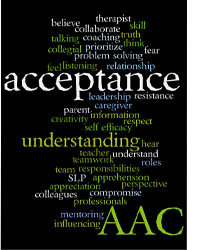
Sometimes when a task seems daunting we need to just “Get Started”. So what I am about to share is a framework that has evolved over several years to assist teams new to AAC or who want to get past the “oh no they need AAC” stage. As this all came together, I realized that much of what is being shared is not new information. So why re-visit it? Sometimes we need a simple way to look at what we are learning so we can take it one bite at a time. Putting it together in a digestible way can support the new learner and also reminds those of us who have been doing this awhile what we already know but may not be implementing or finding other ways to share it.
5 Things to consider when EMBRACING THE OPPORTUNITY to support students needing AAC:
1. What is your current state? What would your response be if you were told you were getting a student needing AAC?
- “Oh no they need AAC…what do I do now???”
- “OK they need AAC…I think I can do this with some help!”
- “Great!! I can’t wait to get started!”
I recently asked this question of several team members in a “work embedded professional learning” group. The initial response was heavily weighted in the “oh no” category, with just a few choosing the “with help”. I think I had one brave SLP that said “GREAT”! After just 5 months exploring many of the resources I am sharing with you the response was very different. This time the heavily weighted category was, “Okay…let’s do this together”, with a few more who just can’t get enough “AAC”.
2. Are you feeling unprepared or confused or both? We may have good reason to feel less than competent when attempting to address the needs of students needing AAC. A recent article in the ATIA Newsletter describes SLP’s feelings about their preparedness.
- Inadequate preparation in AT and AAC
- Not enough SLPs in the field with adequate knowledge of AT and AAC for current need
- Lack of clear definition of AT and AAC
- SLP’s do not share a common definition of AT and AAC
- SLP’s do not share a uniform sense of where AAC fits into the broader context of treating language and literacy deficits.
We also are confronted with a lot of myths and misconceptions about AAC that can add further confusion as we attempt to support students with complex communication needs.
3. Do you have a Communication Mindset? What do we really believe about communication? Is it truly the “essence of life”? Consider the Communication Bill of Rights. Embracing our beliefs about communication will often energize us to take the next step in embracing the opportunity that AAC provides and better address it’s challenges. When we see someone who can’t communicate and we realize we can do something about that….it changes everything.
- Change is a result of being intentional.
- When something touches your mind…you remember it for a day
- When something touches your heart… you remember it forever!
In one of our learning opportunities we asked the participants to share one story that thrilled them when a student began communicating using AAC. No one had to think very long. Everyone had a story and they were amazing. If you don’t have one yet, you soon will. That’s what AAC does. It provides us the opportunity to have our heart touched. Consider this:
- Our BELIEFS become our THOUGHTS.
- Our THOUGHTS become our FEELINGS.
- Our FEELINGS become our ACTIONS.
- Our ACTIONS are what others SEE or what we DO.
What do you believe and how does that match with what you are “doing” everyday? We find this an intriguing question to ask about a lot of things in life.
4. Do you believe you can do this? We Do!! We believe YOU have what it takes! You CAN do this. You already understand communication, language and learning. You do it everyday. It is your passion. I bet you desire this outcome for your students as much as we do:
“The ability to communicate functionally in the natural environment and to adequately meet daily communication needs” (Light, 1989)
We just have to connect the dots for you. We need to take what you already know about communication, language and learning and show you how that applies to visually representing language in AAC systems and the accompanying supports, strategies and instruction.
5. Let’s declare what we believe! Sometimes it is helpful to keep important declarations in front of us when connecting new learning to our present knowledge.
All Children Belong. All Children Learn. All Children Communicate. All Children Read and Write!
(These declarations were the first thing you saw as you entered my AAC classroom)
We believe everyone communicates.
We believe communicating is the essence of life.
We believe this is the start of a new journey.
We believe together we can do this.
(This is what we hope to convey to those we have the privilege of partnering with in our districts.)
Stay tuned! Marlene will be back to share more of the specifics in another How I Do It post.
Light, J. (1989), “Toward a definition of communicative competence for individuals using augmentative and alternative communication systems.” Augmentative and Alternative Communications 5 (2):137-144
Filed under: PrAACtical Thinking
Tagged With: classroom, How I Do It, Marlene Cummings, schools, teams
This post was written by Carole Zangari

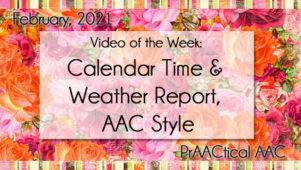
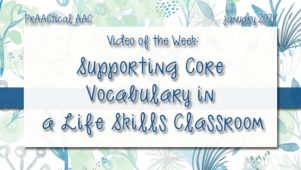

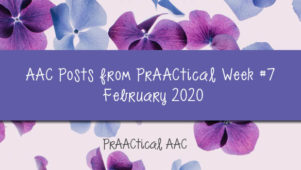
1 Comment
Hello!
Recently I viewed a video you presented with words in the title, “Building capacity AAC. Do you know if it is in the ASHA virtual library, and if so the number of the course?
I really liked it and want to revisit, but did not write down the course number.
Thank you!